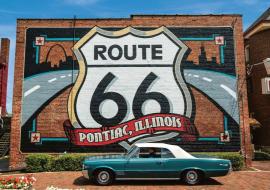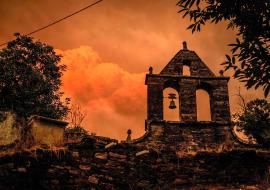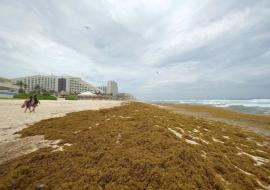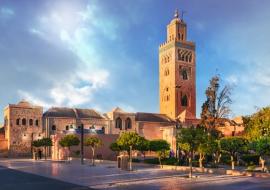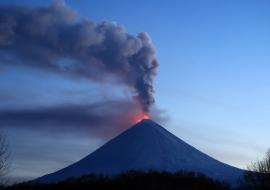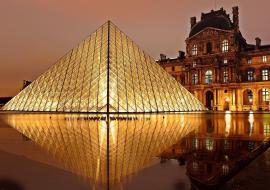Heredia Street: Synonymous of Cuban Identity
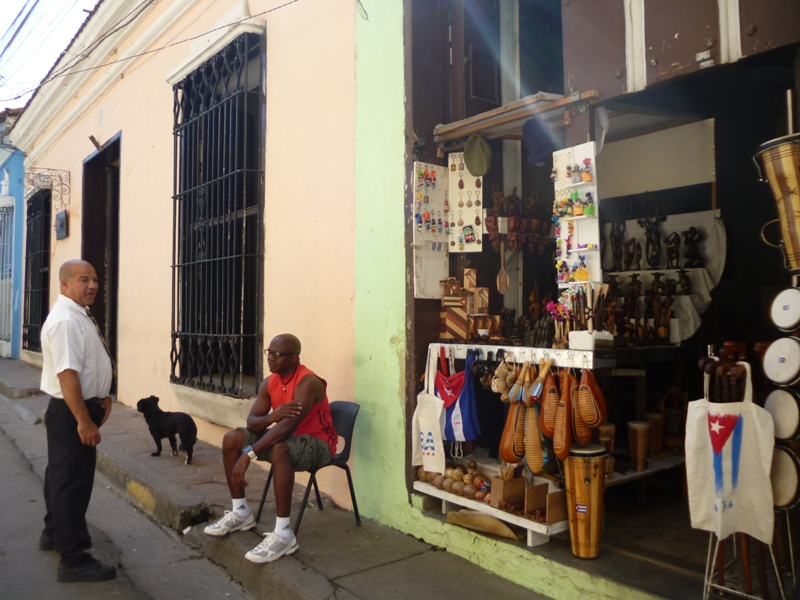
Is there anybody in Santiago de Cuba that hasn’t walked up, down or across Heredia Street? The long and old city artery stretches from Peralejo to Portuondo neighborhood. Nowadays, both national and international visitors can see how it’s being refurbished within the context of the celebrations for the 500th anniversary of the village.
Click on Santiago de Cuba: A City of 500 Years
Architect Hortensia Estrada, Master Plan specialist with the City Curator’s Office, explains:
“Characterized by its centrality, Heredia Street features valuable representatives of architecture and urbanism. Between Calvario and Corona streets it houses emblematic and historic buildings, which have hosted important activities and cultural entities, such as Jose Maria Heredia’s house, Casa de la Trova, Josue Pais Garcia Cultural Center and the Cuban Association of Artisans-Artists, as well as the main offices of ARTEX and Paradiso.
“Along this street we can also find the Museum of the Carnival, National Writers and Artists League, Fund of Cultural Assets and its stores, Elvira Cape Provincial Library, Miguel Matamoros Music Company, the Cathedral, City Curator’s Office and Cespedes Park.
“The current project aims at making improvements along that street, so we’re working with all of the entities and facilities. The works have been already finished at Casa del Estudiante, the current Casa de la Cultura, and the gallery, Musical Center, ARTEX’s main office. Now we’re focused on Paradiso, a cultural agency related to international tourism.
As for the restoration of other buildings, Hortensia says:
“Everybody knows about the restoration of the cathedral, but there is another action that has been applauded by the citizens: the House of Cheese. It’s a building of high heritage value, the only corner with two colonial balconies, and it’s going to host cultural activities at the first floor.
“In the corner of Corona and Heredia, we have the former house of Carlos Dranguet, where a new restoration dynamics is being applied. It was closed for a long time and after the works it’ll become the Coffee Heritage Center, linked to “Coffee Pathways” project.
The urban renovation also includes treatment to facades, a study of proper colors and identity posters for all of these premises, as well as the restoration of surface, woodwork and sidewalks, the incorporation of urban furniture if needed. According to the interviewee, not all of the buildings are included in the plan because it’s not necessary or the budget is not enough.
Heredia in the History
But the importance of the artery goes beyond its present buildings. The article entitled “Historical Outline of Heredia Street”, by researcher Rafael E. Milanes Rodriguez, gives us the opportunity to walk into its history and discover it since the very beginning.
The author points out that “On the first street plan we have about Santiago de Cuba City, dating back from 1712, this street is marked from the area of the bay and port to Reloj Street. In 1728 – according to the map of that date – it met San Agustin Street.”
By quoting different sources, Milanes offers a vast description of the names and the origins of the artery and its different segments. The first one stretched from the port area to Padre Pico and it was named Hospital Street. The space between the present Padre Pico and Santo Tomas was labeled Torre Street.
During the mid-18th century, Amargura Street was the area between San Pedro and Calvario. The space from Calvario to San Agustin was described on the cartography as Mejia Street.
The plan outlined in 1813 shows how the street was enlarged up to the current Barnada, and barely two decades later, on the 1835’s map, the limit was Paraiso Street, and it was identified as San Juan Street.
Since April 24, 1818, when the fourth cathedral was blessed, it was named “Cathedral Street”.
On December 31, 1803, the house marked with number 105 witnessed the birth of Jose Maria Heredia. 1889 marked the 50th anniversary of his death and a group of sons of this city, accompanied by other Cubans and headed by Federico Perez Carbo, Enrique Valdor Ruiz and Joaquin Tamayo Izaguirre, asked the City Hall to change the name of Cathedral Street for Heredia Street.
The request was backed up by several compatriots and it was passed on October 23, 1889. The change made Heredia become the first artery of Cuba that was named after a Cuban patriot.
In the 1938’s street plan, as a result of the population growth, the street was extended to a block a half after Trocha and it is shown as Heredia Extension. In 1946 it met Pedrera Street and joined the road network of Portuondo neighborhood.
That’s the Heredia Street we presently have, the one that tires us out with its hillock and unstoppable traffic, while stores and craftworks attract our eyes, “Elvira Cape” invites us to read or the music coming from Casa de la Trova flows through the air with its Cuban rhythm.








